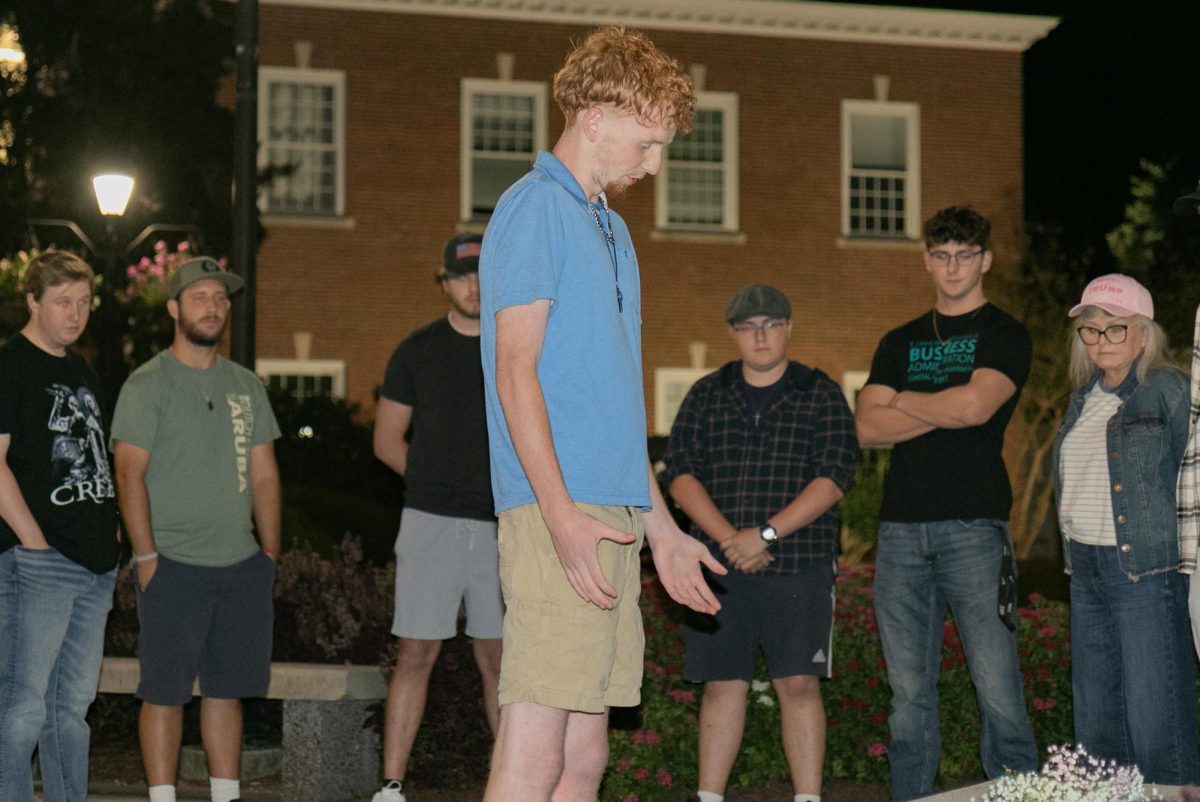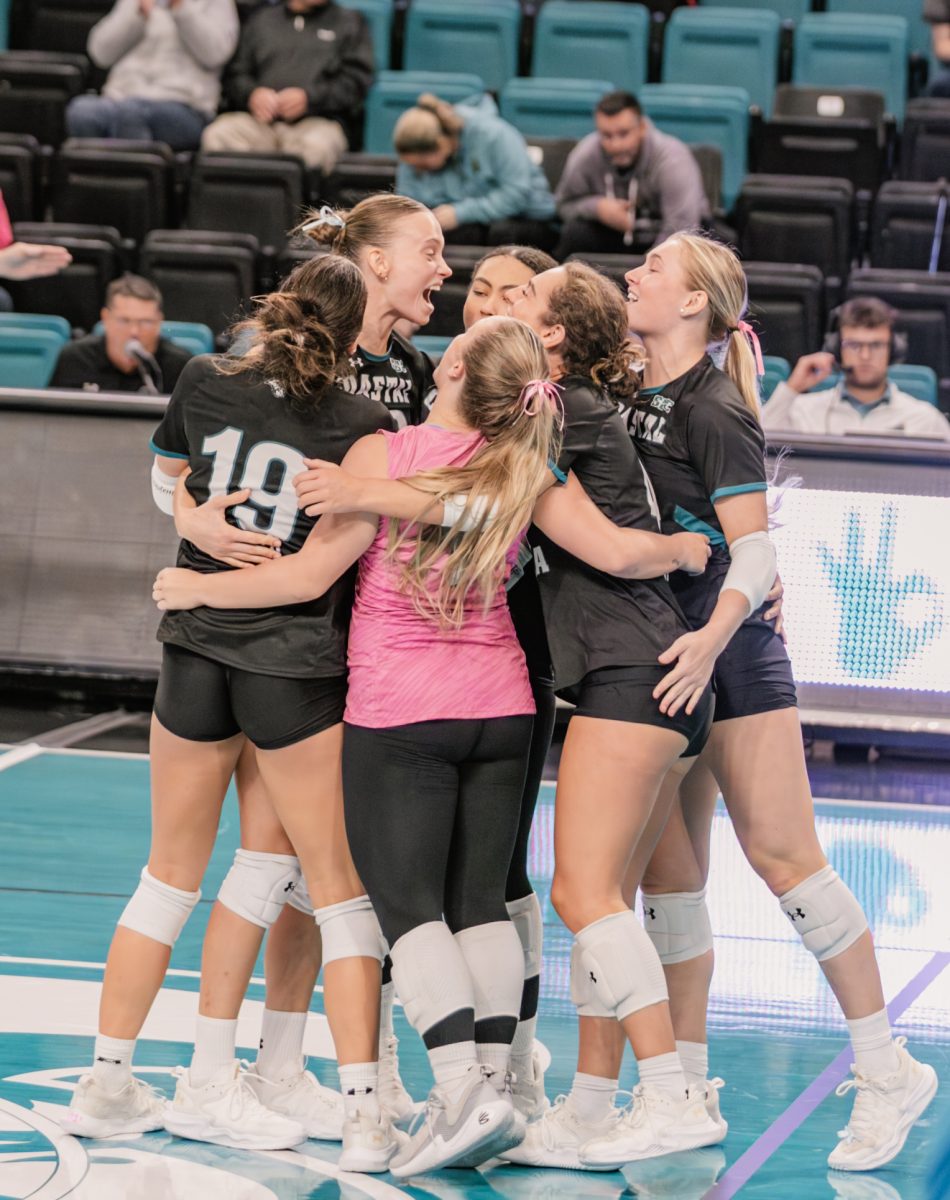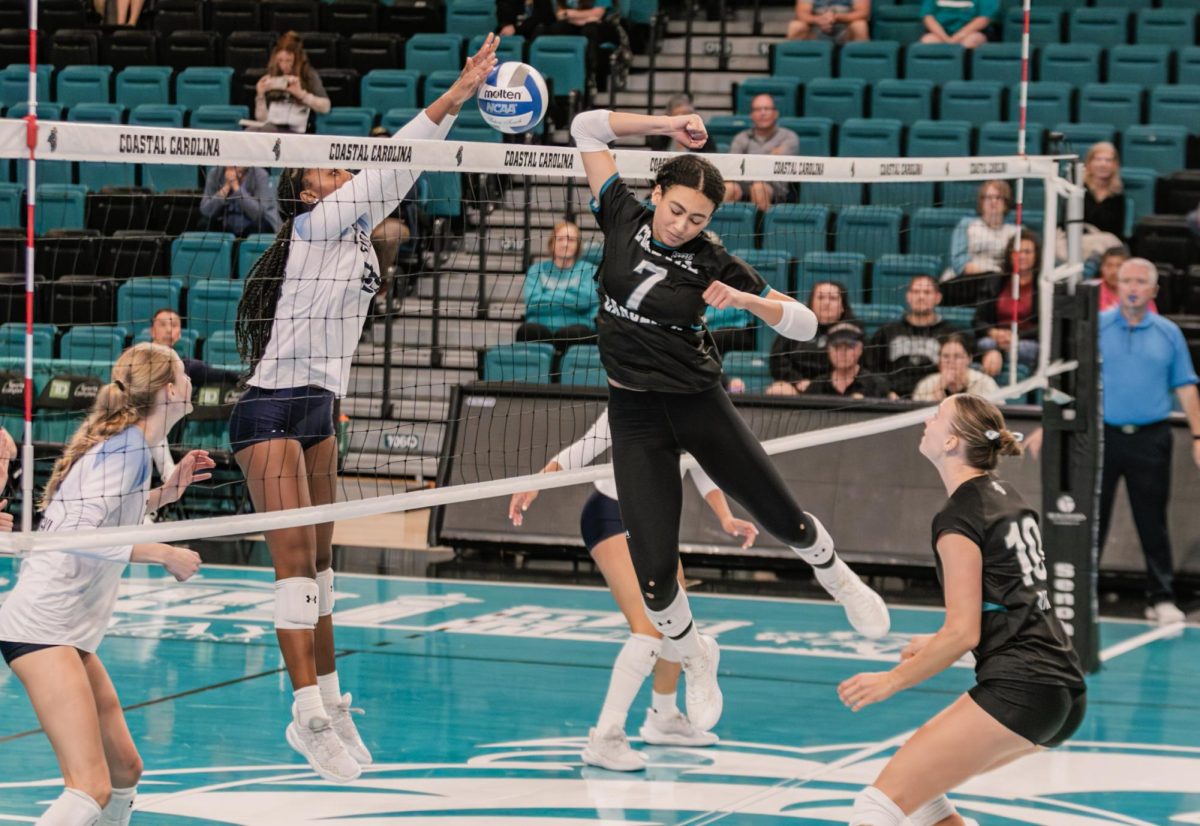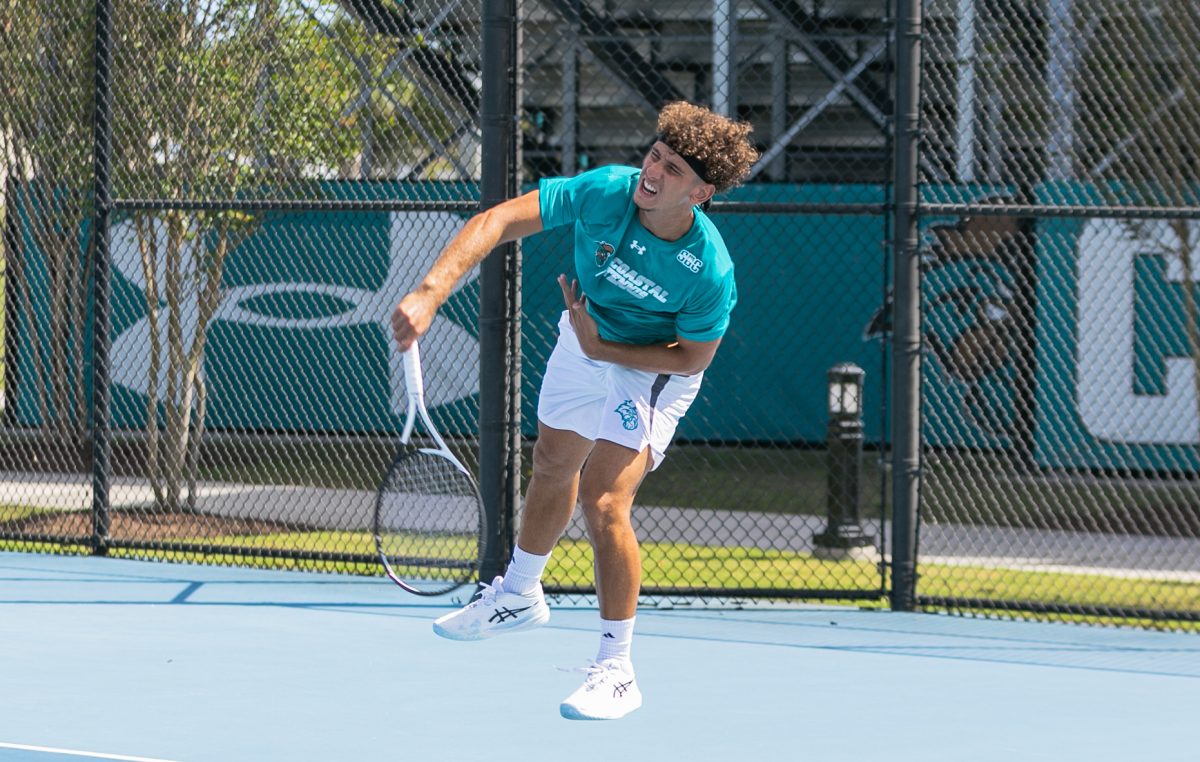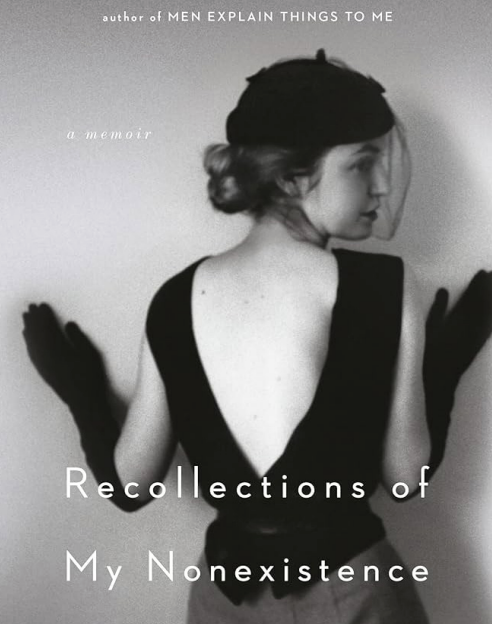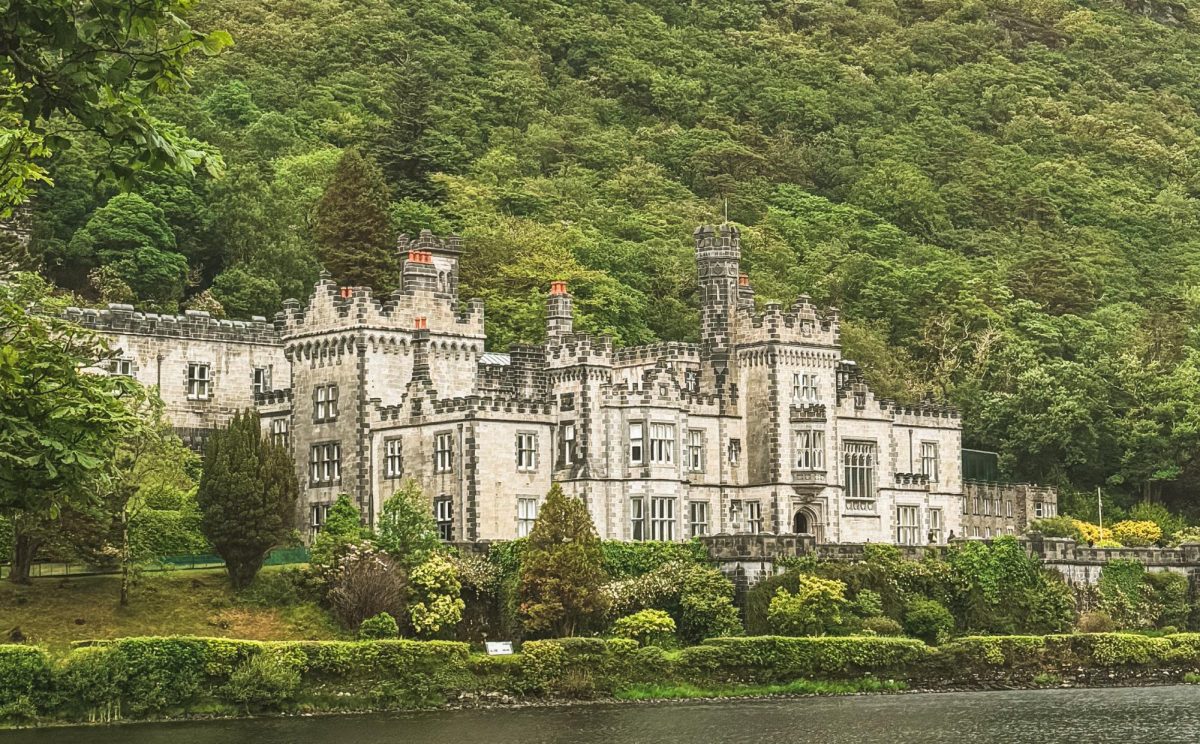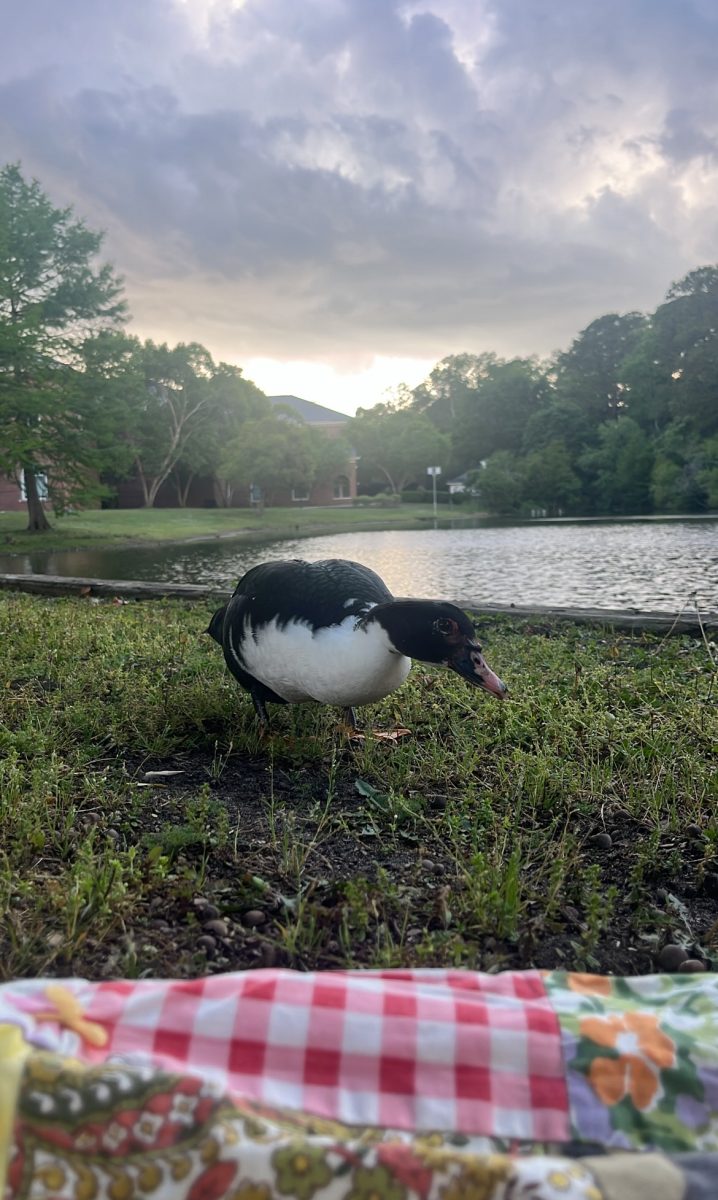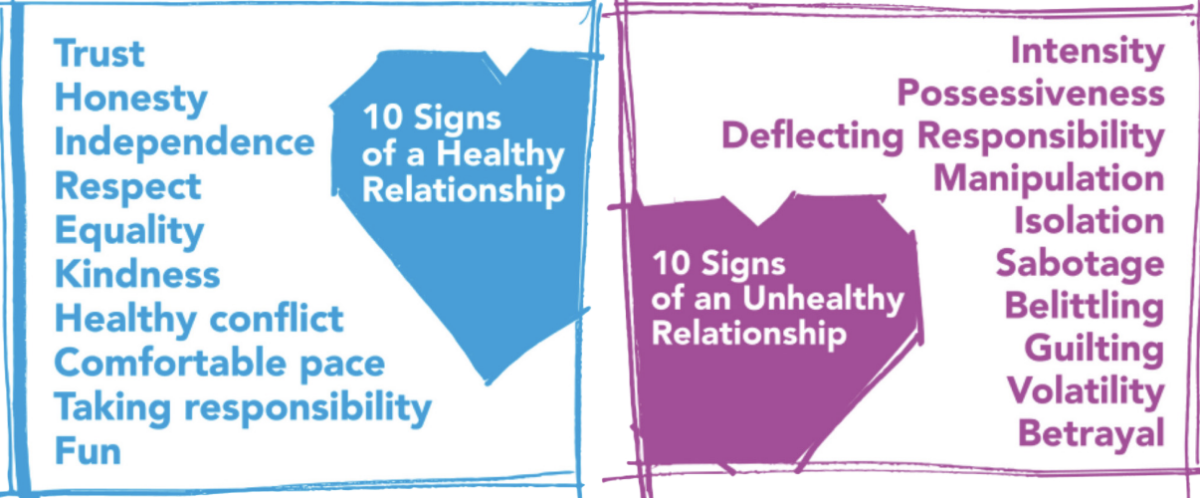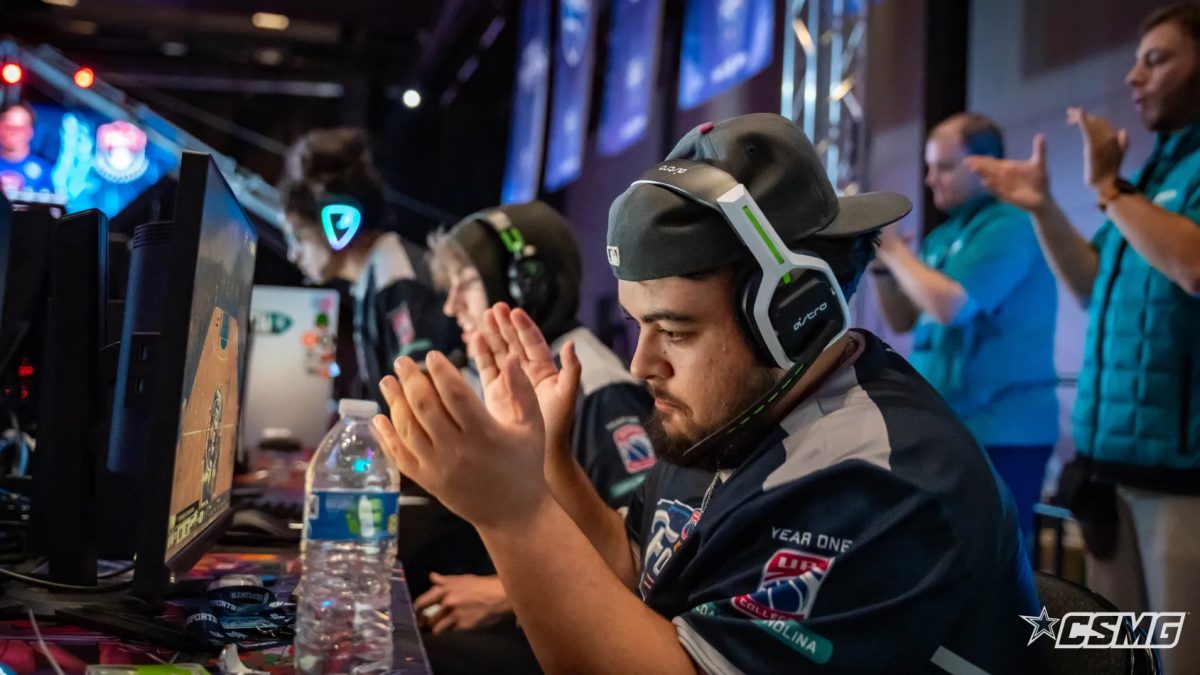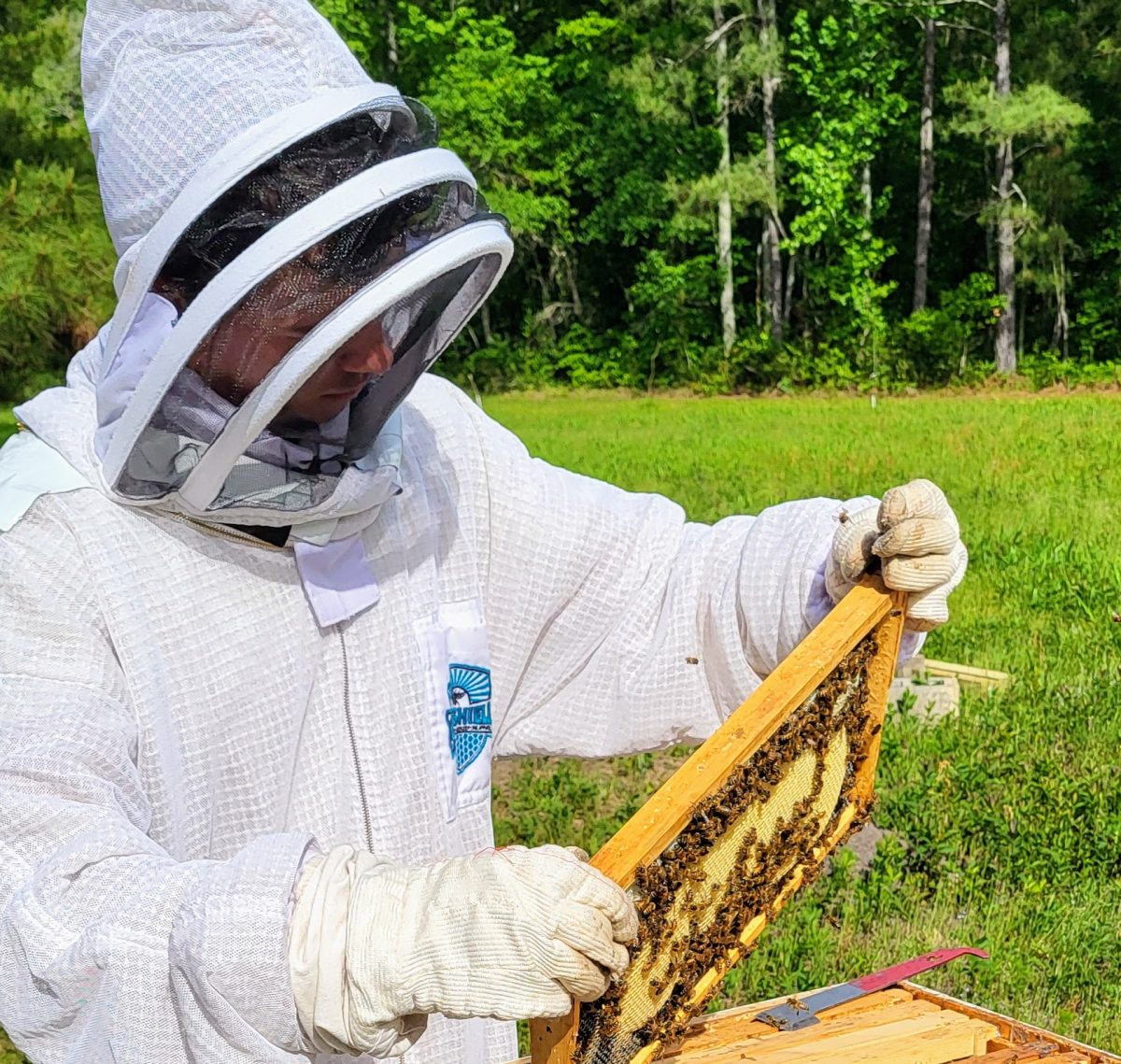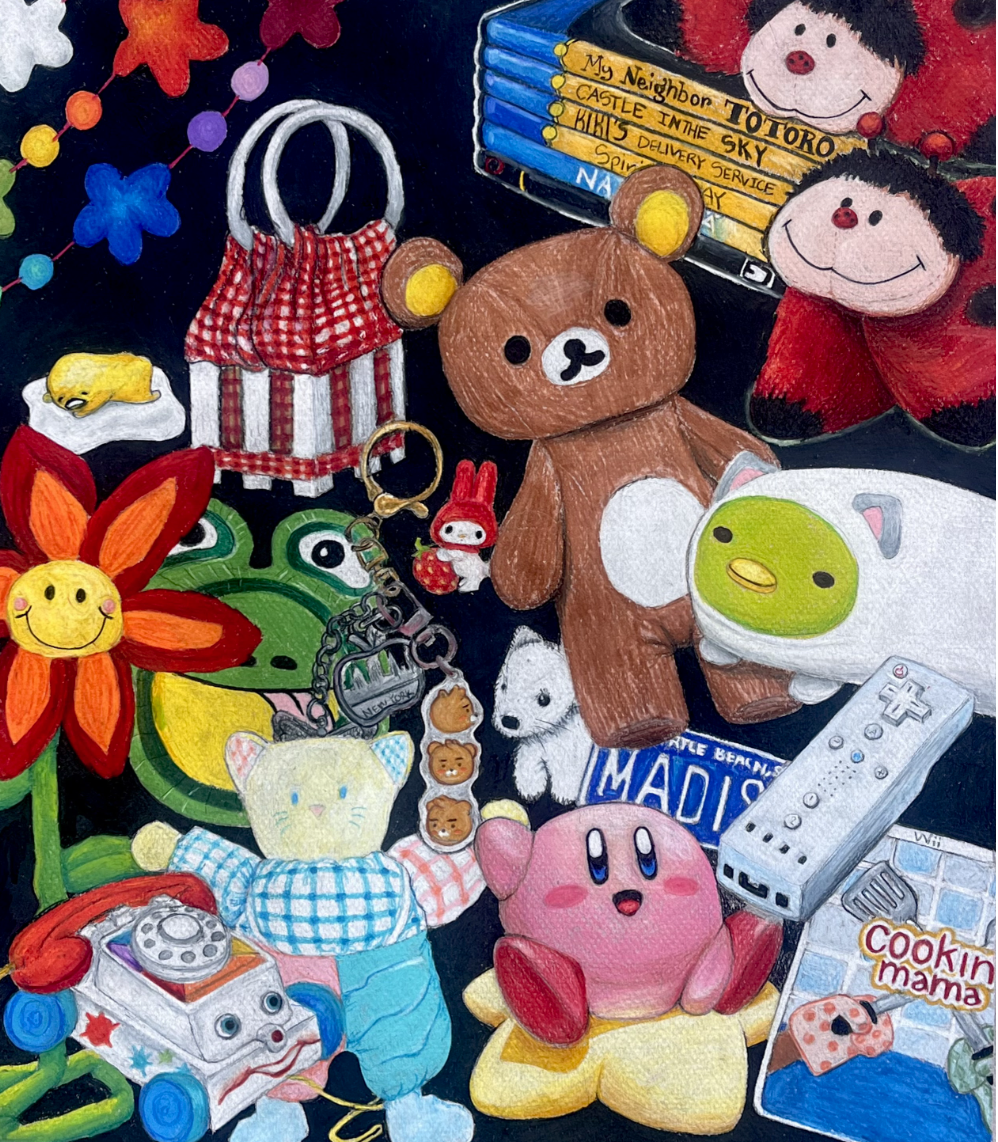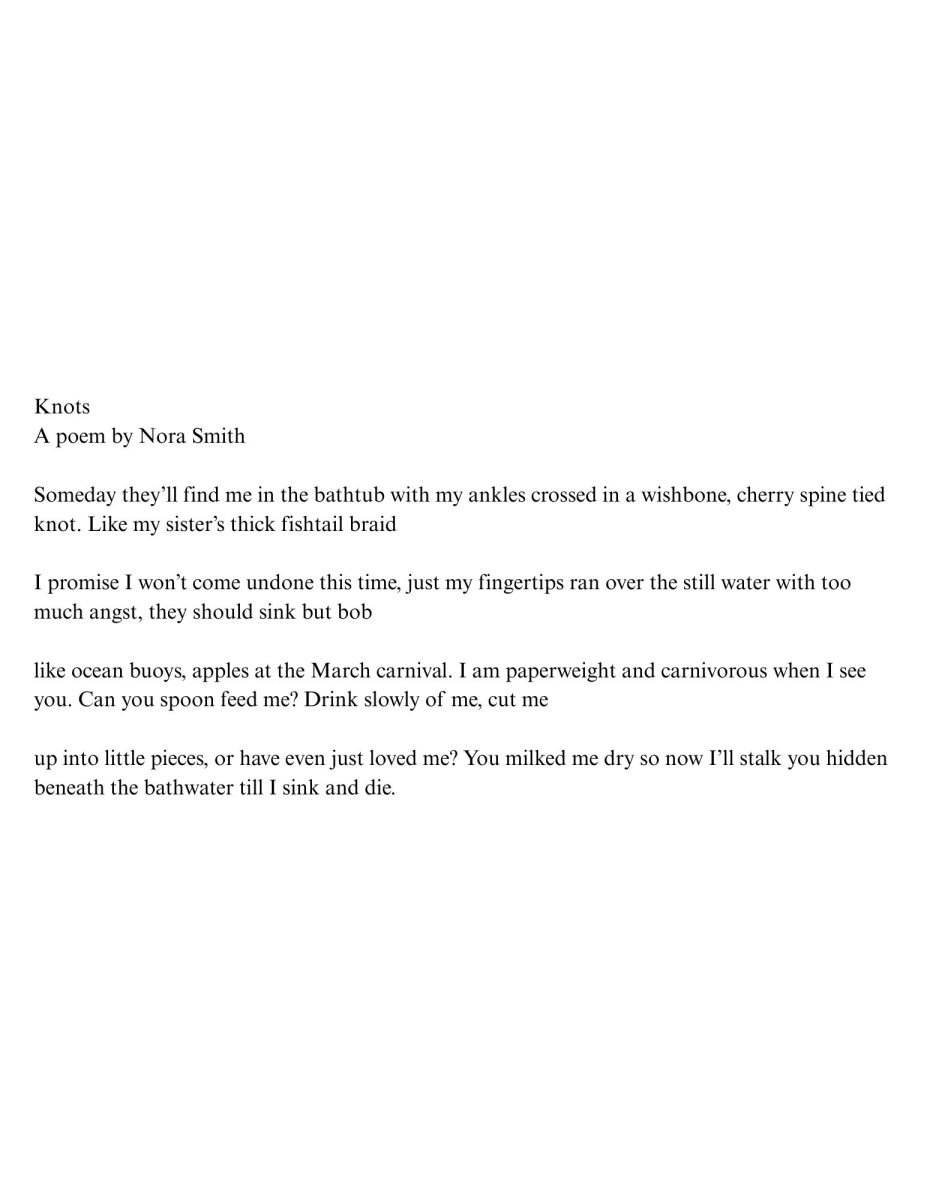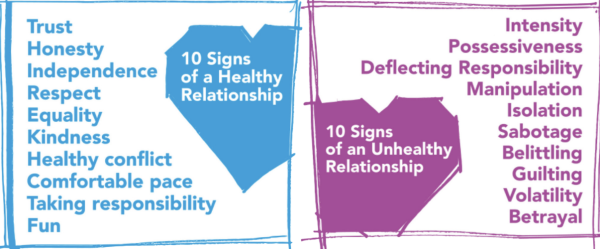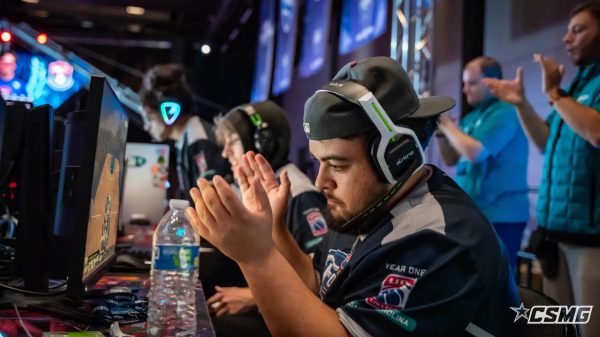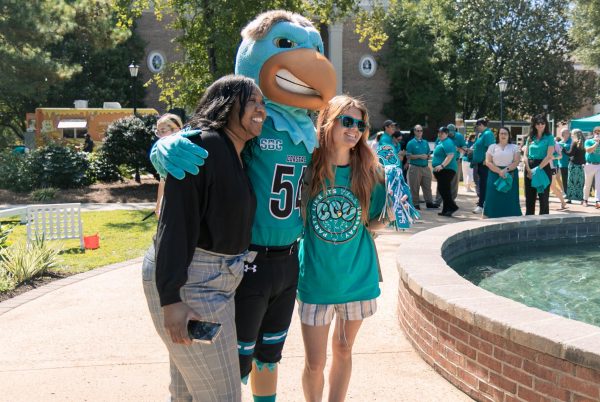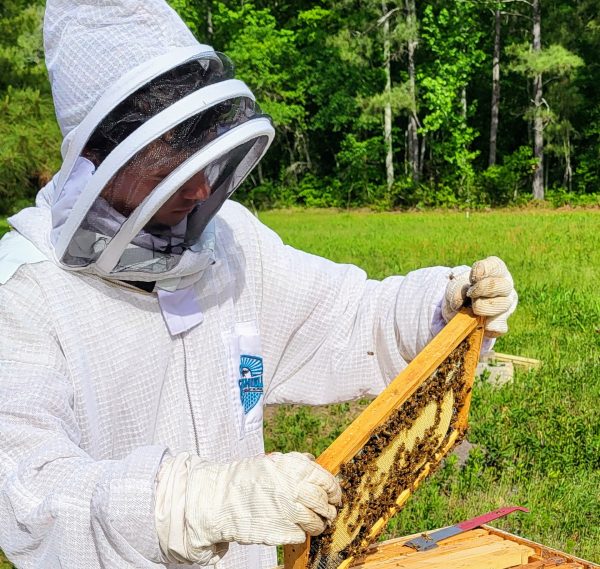Making something out of nothing
Women artists of Gullah descent discuss preserving culture and art
Ashlyn Pope, an assistant visual arts professor at Coastal Carolina University, stops at the grocery store on her way to her great-grandmother’s grave. She purchases a Pepsi and a Snickers as an offering in exchange for guidance. Growing up outside of Gullah Geechee culture for most of her life, Pope strives for a connection to her ancestors.
She seeks connection through these visits to her ancestors but mostly through her ceramic artwork. She said she considers this an opportunity to not only connect to her roots, but to spread a larger message.
“These people exist and that their history gets to be told as much as everyone else’s history,” Pope said.
Pope said her art is often centered around the Gullah Geechee culture, as well as general African American history and feminine issues. She said she bridged gaps in her identity by using sweetgrass baskets, a Gullah Geechee tradition, into her clay.
Pope’s ceramics often take the shape of female bodies, and she uses brown clay to evoke the image of black bodies. She said this intersection is inevitable because people are multi-faceted.
A member of the Gullah Geechee, Zenobia Harper, said the community of people are descendants of people enslaved and taken from West Africa and rice-growing regions of Africa. She said everything the early Gullah Geechee people did in the time of slavery was for survival.
Yet, she said, they were still able to love and to create beautiful things.
“It’s almost like a diamond. It’s beautiful but it’s been created under a great deal of pressure,” Harper said.
Harper is a dollmaker artist and an activist for the preservation of the Gullah Geechee cultural traditions and language. She said she was an artist long before she grew concerned for her culture.
Doll-making was an art-form that became a necessity for Harper at times. Harper said the dolls she has created helped her deal with underrepresentation, the grief of losing her brother, and gave her an opportunity to work on herself. She said the dolls represent the personalities of the women who raised her, paying homage to these women.
However, she said she feels being a woman of color can often mean being misunderstood and being regulated by what people expect you to be.
“Being an artist to me means freedom and freedom in the most ultimate form of the freedom of expression,” Harper said.
Harper is now focused on preservation efforts at her nonprofit, the Gullah Preservation Society. Harper said they are working on establishing a garden that aims to promote awareness of the contributions the Gullah Geechee and West African culture has made to Southern food.
Pope won’t always go to the graves of her ancestors when seeking guidance, sometimes she will call upon them for guidance by listening to music, or by being in nature. When she speaks of traditional art in her culture, she finds it beautiful.
“There’s this idea of making something out of nothing,” Pope said.




